Yes, these words describe HENRY FRANKS, the horrifying(ly excellent) debut novel by Peter Adam Salomon whose launch we’re celebrating this week. But they could also just as easily be used to describe its cover! Seriously, HENRY FRANKS has one of the most atmospheric, evocative covers I’ve seen, and I’ve been a big fan of it for a while now.
So imagine my excitement when I found out that I would get to interview its talented designer, Lisa Novak…and that she would not only share some of her methods and inspiration with us, but also alternative HENRY cover designs! (Take it from me, I was very excited.) Let’s go right to the good stuff, shall we?
Tara Dairman: Thanks for joining us at EMU’s Debuts, Lisa! One of the things I love about the cover of HENRY FRANKS is how many layers it seems to have, creating an illusion of depth. What media did you use to achieve this effect?
Lisa Novak: I work almost exclusively in Photoshop and InDesign. I use Photoshop to build the layered effect using photos and fonts from various sites on the Internet (istockphoto, Getty, Myfonts) and I lay out the book cover in InDesign to send to the printer. With HENRY FRANKS there was a bit of a twist in the process which added to the layered feeling that doesn’t typically happen in most books. You segue into that very nicely with your next question…
TD: I imagine that many people will assume that the stitching effect on the cover was added digitally—but there’s a picture on your website called “Construction” that shows scissors and thread and images of the HENRY FRANKS cover in different stages of wholeness. Did you literally cut the image into two pieces and sew it back together? What gave you this idea?
LN: I actually tore the photo and sewed it back together; cutting it would have resulted in way too neat of a line. I wanted the unpredictability that comes with tearing paper (or bodies). Because the story is so raw and violent, I wanted the cover to reflect that rawness, the creepiness and immediacy. I did an alternate cover where I created the title as stitched wounds entirely in Photoshop, and even though that cover turned out pretty wicked, it still had a softness to it that didn’t feel true to me. Real-life stitches are more painful than that gruesome alternate cover reflects, and I wanted this cover to be more present, so you could feel the tearing apart and sewing back together, all those little punctures and the drawing together. And even though the final cover isn’t necessarily gruesome, it is certainly creepy and I think the tear and stitches add to that creep factor. There’s just something unexpected about it and the longer you look at it I think you realize it’s the actual hand work that went into making it look like it does.
TD: Can you take us through the process of putting the cover together, step by step?
LN: I found the photo of the silhouetted boy holding the skull, and in Photoshop I added the multilayered creepy font, some branches creeping in from either side, messed with the color a bit, and sent the whole thing out for a printer proof. When I got the proof back, I tore the proof, stitched it back together, and then shot a photo of the stitched-together cover to get it back into Photoshop digitally. After that, I added Peter’s name and finally laid the whole thing out in InDesign. The only thing that would have made this cover even better in my opinion is if I could have had embossing (and debossing) on the tear and stitches. Unfortunately, that was out of my budget.
TD: Before I read the book, the elements of the cover that really jumped out at me were the washed-out color scheme and the stitching motif. Now that I’ve read the story, I appreciate other symbols that you chose to include, like the tree branches and the skulls. Could you tell us a little bit about how you decide which elements of the story to include in a potential cover design?
LN: The way this cover (and the HENRY alternate covers) came to be was a series of lucky turns. My editor Brian Farrey-Latz (Flux) was searching through Flickr for creepy images to help direct me on this cover and ran across an amazingly creative young photographer by the name of Alex Stoddard. Alex had just completed a yearlong self-portrait photo-a-day study. As it turns out, Alex lived in a similar part of the country as the protagonist, Henry, and many of Alex’s photos represent that creepy, wild, heavily forested (queue the banjo music) feeling. We contacted Alex and he gave us permission to use any of his photos we liked. All but the alternate cover with the stitched-wound title are photos by Alex.
My cover is almost entirely straight-up Alex. The only thing that was missing in his photo that I thought could add to the creep was vines or tree branches (giving you a hint about the location). I found a tendril-like photo of vines/branches and turned it on its side to add to the tension on the cover. Rather than having them hang down, which you would expect, I wanted them to appear to be feeling their way across the cover which, when you think about creeping vines, kind of gives you the creeps. Well, it does me.
Other than the vines, the photo is pretty much as-is. I honestly have no idea what Alex was thinking when he gathered a bunch of skulls and shot himself silhouetted behind some back lit draped cloth. Whatever was going on in his head when he made this photo, it ended up working perfectly for the cover!
To more generally answer the question of how I decide what goes on a cover, often it might be a key element or two that the editor asks for. Sometimes it’s a stroke of random luck that I might be searching through hundreds of photos on a stock photo site and something about a particular photo just strikes me as the essence of the story or of the protagonist. Generally speaking, I think covers that hint at what’s inside more than literally illustrate every detail of the story are stronger covers. (TD: Me, too!) YA readers are smart; they can put two and two together and see how subtle clues on a cover hint at what’s inside.
TD: Your website features several alternate covers for HENRY FRANKS. How many potential covers do you usually create for each book you design? Do you usually end up with a favorite, and is it hard to let it go if the publisher decides to go with an option that you didn’t care for as much?
LN: For every book I design, I create anywhere from 2 to 15 covers. Some go through rounds and rounds of revisions, so each “new” cover might just have a font change or a color change. But I would say on average I create 4 unique covers for each title.
Sometimes it is really heartbreaking to see a cover I might have spent a couple of days on get passed over for another design that I might not like as well, but that is part of the job. There is an unspoken rule among designers: If you hate the design do not show it, because inevitably that will be the one the client chooses. One of the ways I make myself feel better about missed cover opportunities is to remind myself that’s what my website/portfolio is for, that this is where I can showcase all my designs and hope that whoever is looking at it will see that on some covers, the alternate covers really are better than what the marketing/sales/publicity department thought was the most saleable cover.
***
Thank you so much, Lisa, for your time, insight, and artistry! You can see more of Lisa’s very cool YA book covers (and alternates) at her website .
And many congratulations to Peter on the launch of this special book! 🙂









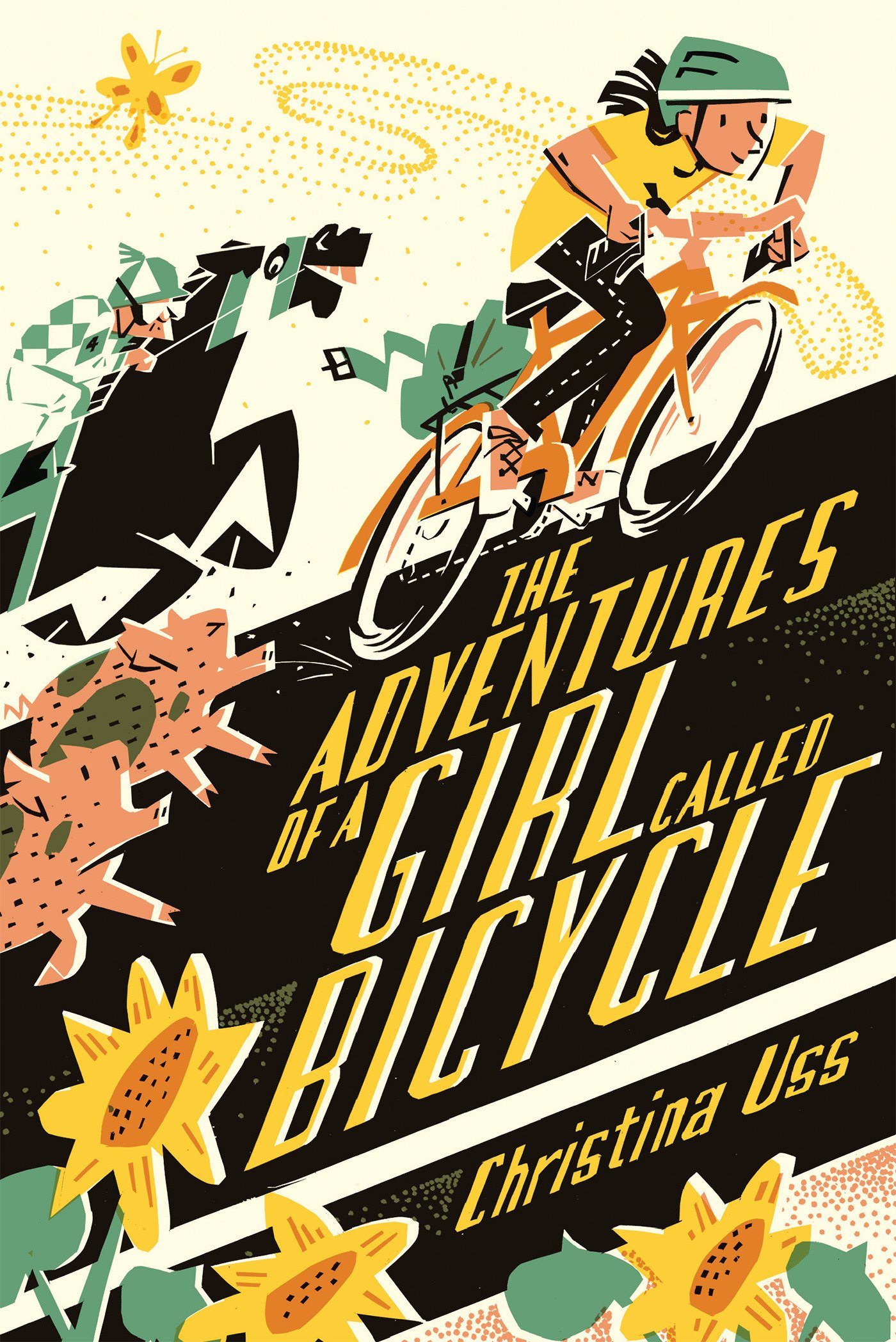







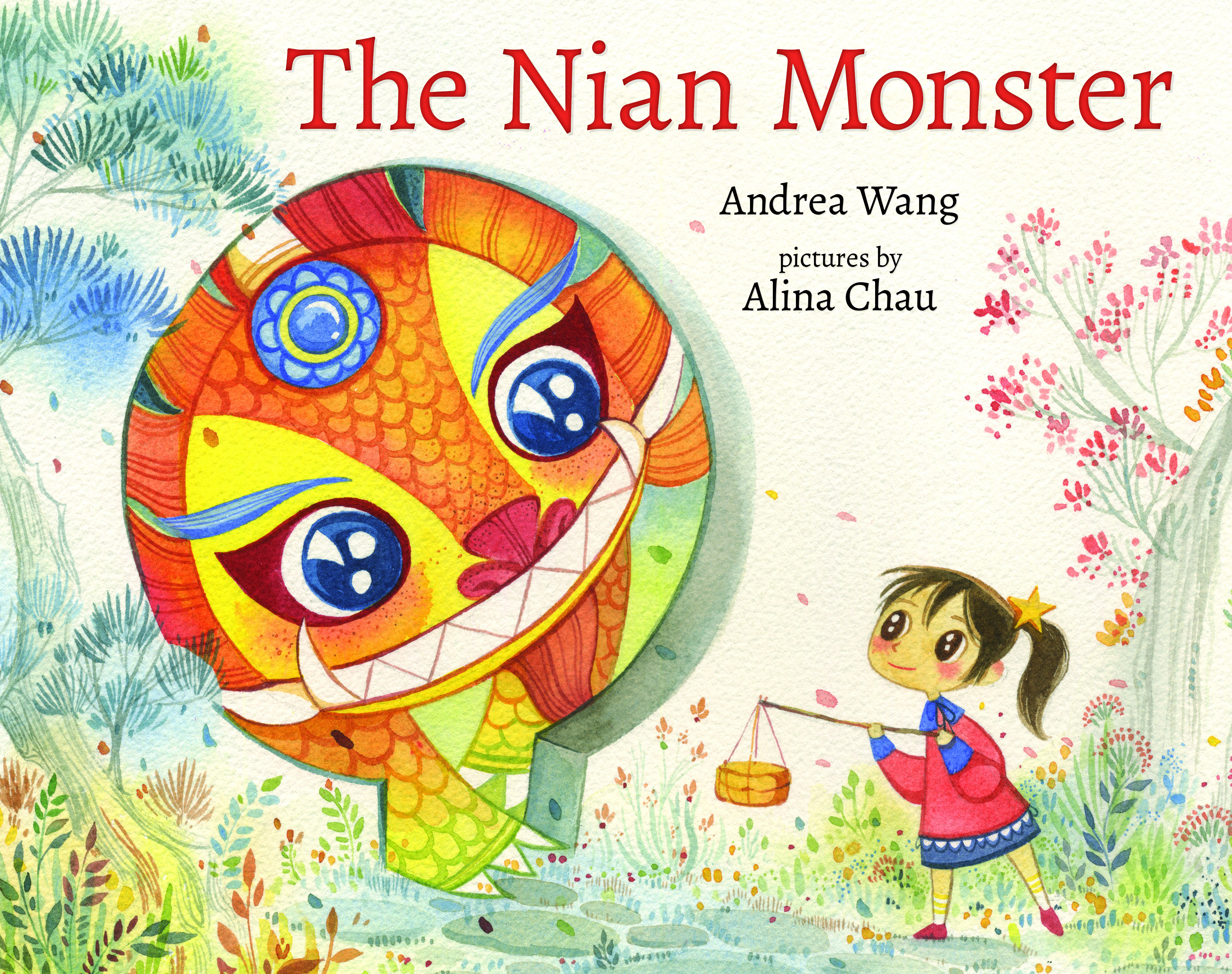
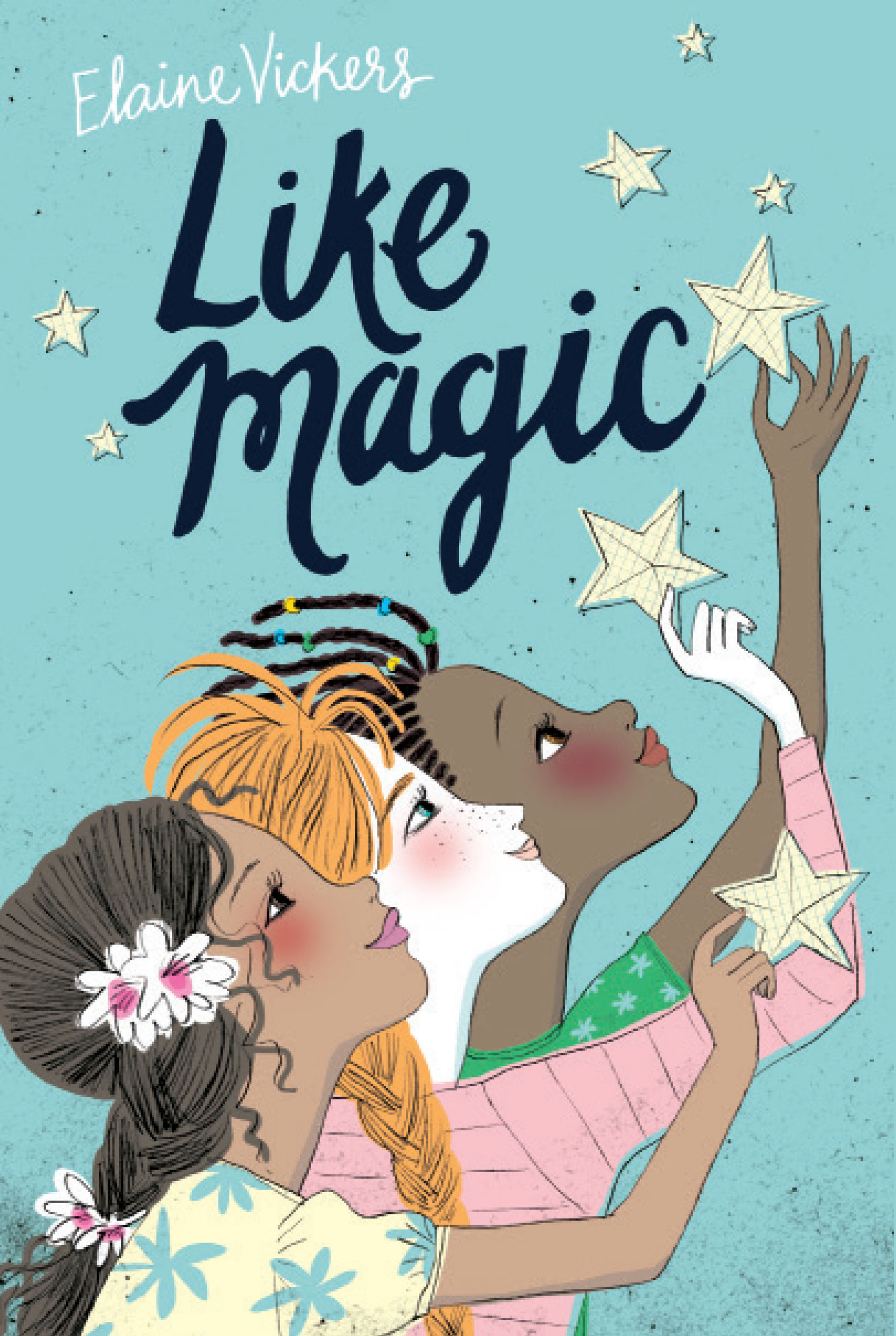


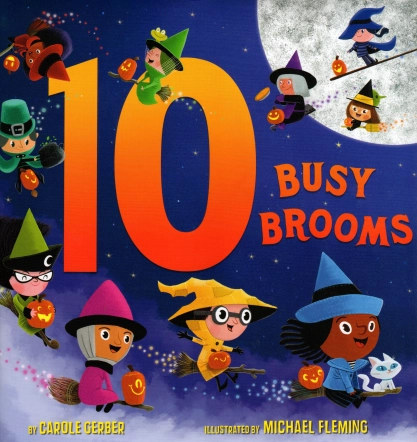

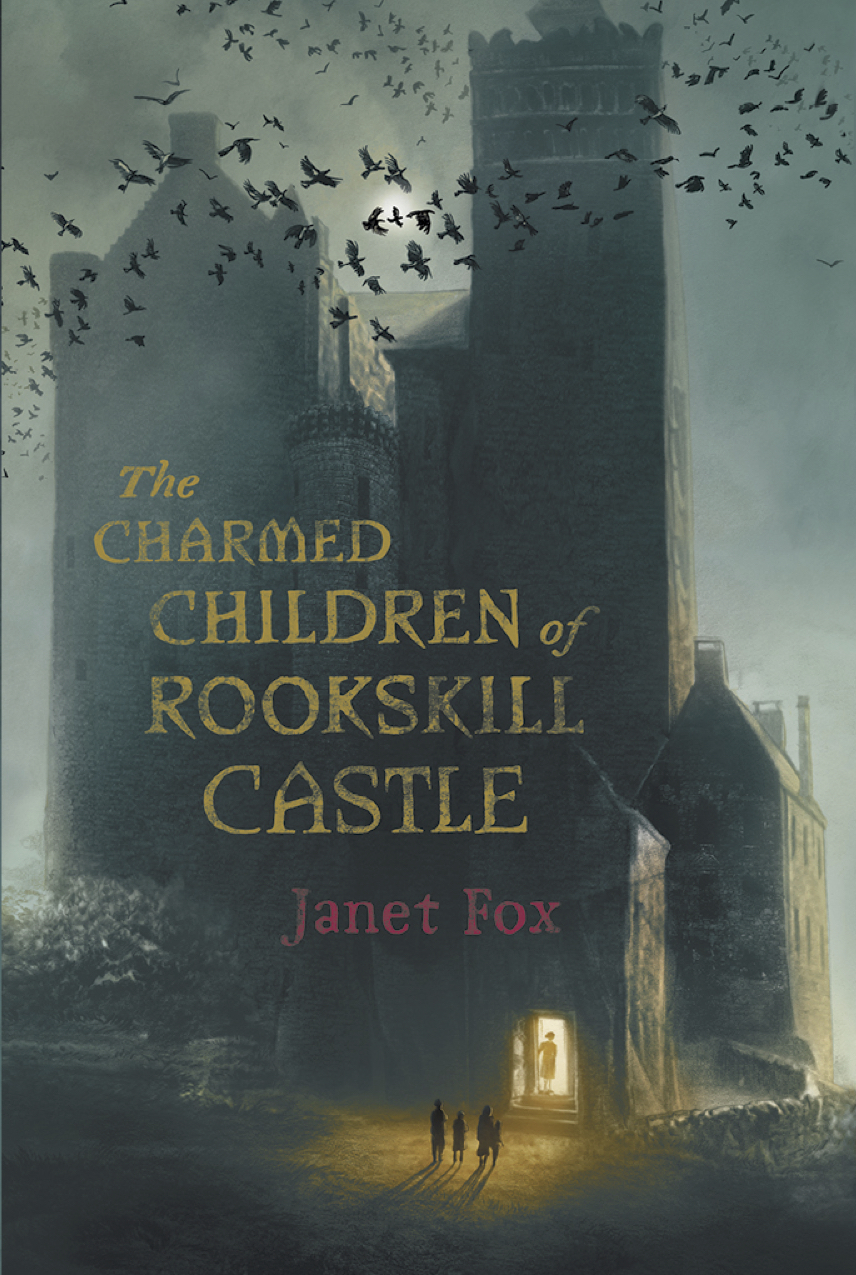




Oooo!! Thanks for this interview. We don’t get to hear from book jacket designers often. This is juicy. Congrats on the great cover work, Lisa! Congrats on the new book, Peter!
LikeLike
Thanks! What a wonderful interview, I learned so much new stuff from this!!
LikeLike
This was a fascinating look behind the scenes! Those covers are all so creepy and evocative – pure artistry! Wonderful! (OK, enough exclamation points…)
LikeLike
What a cool interview! Really, every one of those covers is amazing! Thanks for the peek into the process!
LikeLike
The published cover is one of my all-time favorites, but I love the stitched wound cover EVEN MORE.
LikeLike
SO COOL. Loved this insight to Lisa’s process.
LikeLike
I would have had a hard time deciding among those various great covers. Still, the one they used seems to capture the mood of the book the best for me. Great interview!!
LikeLike
What a great behind-the-scenes peek at the development of this cover! Maybe it’s the teacher/librarian in me, but I ADORE covers that immediately inspire questions. This cover is one of those gems, and the story is one that sparks a ton of discussion. *love* 🙂
LikeLike
Pingback: Web Tour Updates